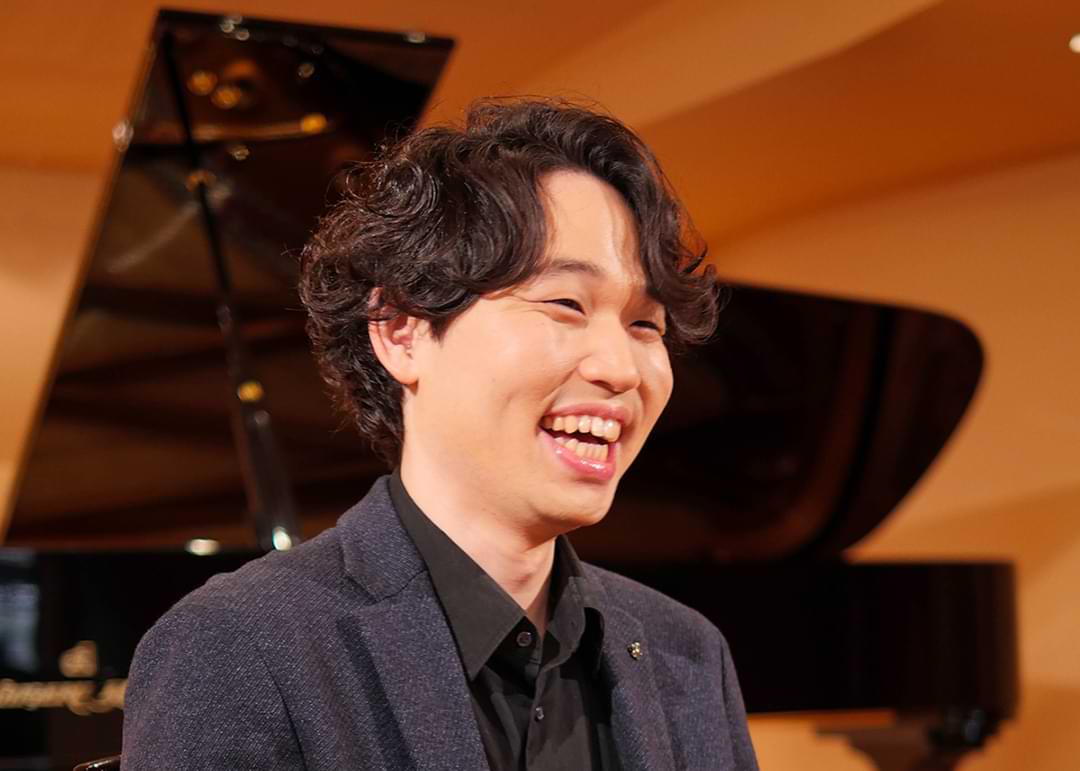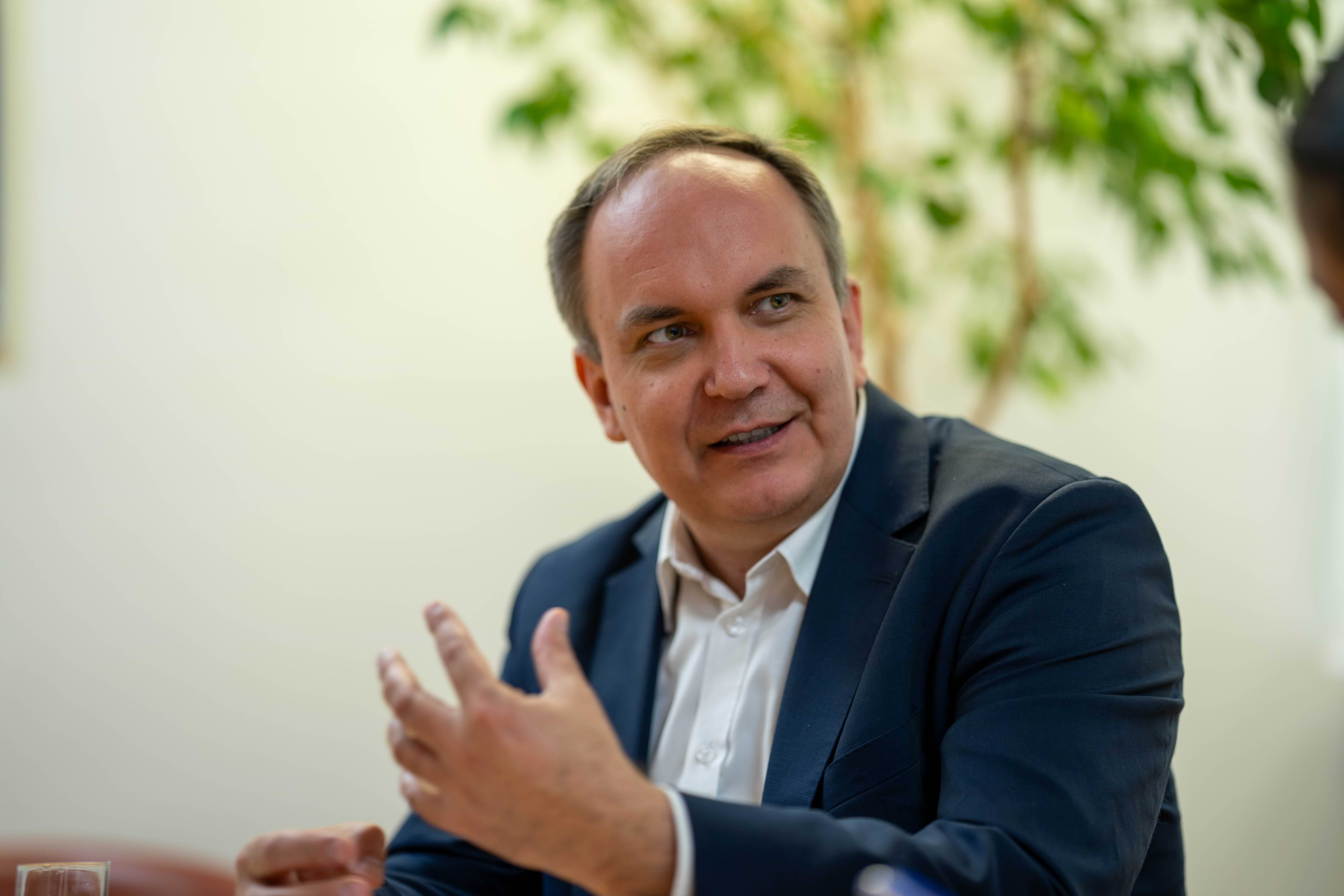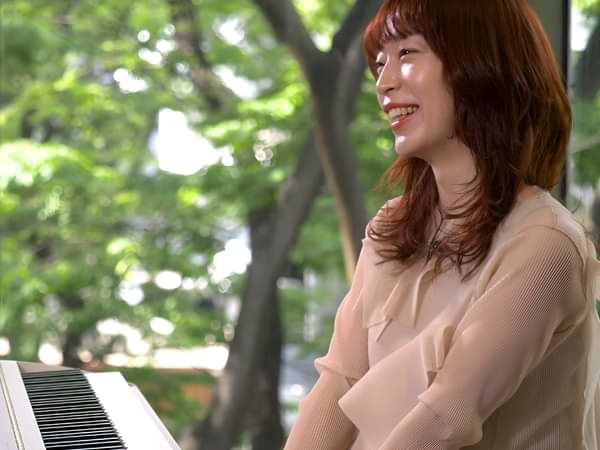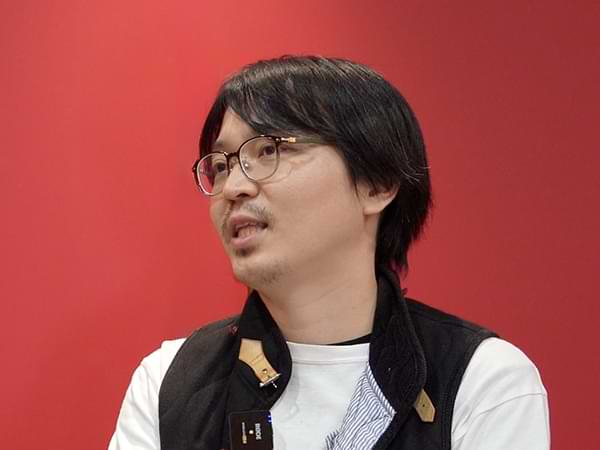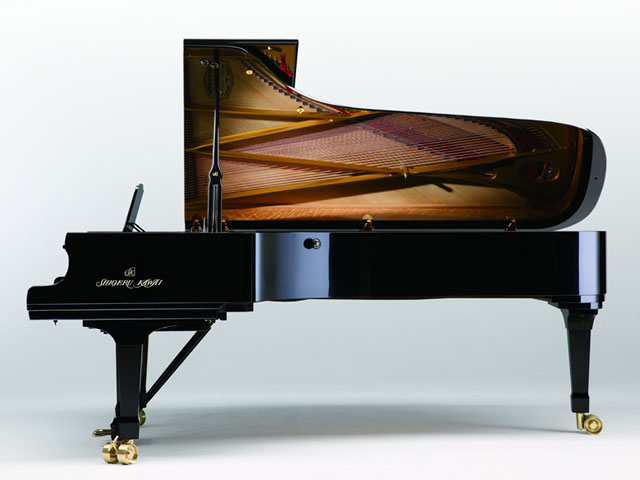Pianist Masaya Kamei won the first-prize at the Long–Thibaud–Crespin International Music Competition 2022. He appeared at the Kawai Concert No. 2332 on June 9th and later talked to Kawai's artists team about the recital program, his first album “VIRTUOZO”, and his brilliant achievement at the Long–Thibaud–Crespin Competition, where he won the Audience Award and Critics’ Award.
Interview, text and translation: Nanako Takeda
Excerpts from the Kawai concert, held in Hiroshima, Japan, can be watched in the video below:
Contents
The Program and Character of Each Piece
Since I’ve already played many virtuosic pieces I decided to explore more introspective works. So I chose the following for the first half of the program: Chopin – Mazurka Op.59, Fantasie, and Andante Spianato et Grande Polonaise Brillante. By way of contrast, I chose these splendid compositions for the second half: Ravel’s La Valse and Stravinsky’s Three Movements from Petrushka.
I believe these Chopin pieces convey exquisite and delicate harmony, melody, and rhythm woven together by a single piano. The Ravel and Stravinsky compositions were transcribed for the piano from orchestral works, and I wanted to showcase how various sonorities — such as those of woodwinds and percussion — can be expressed on the piano.
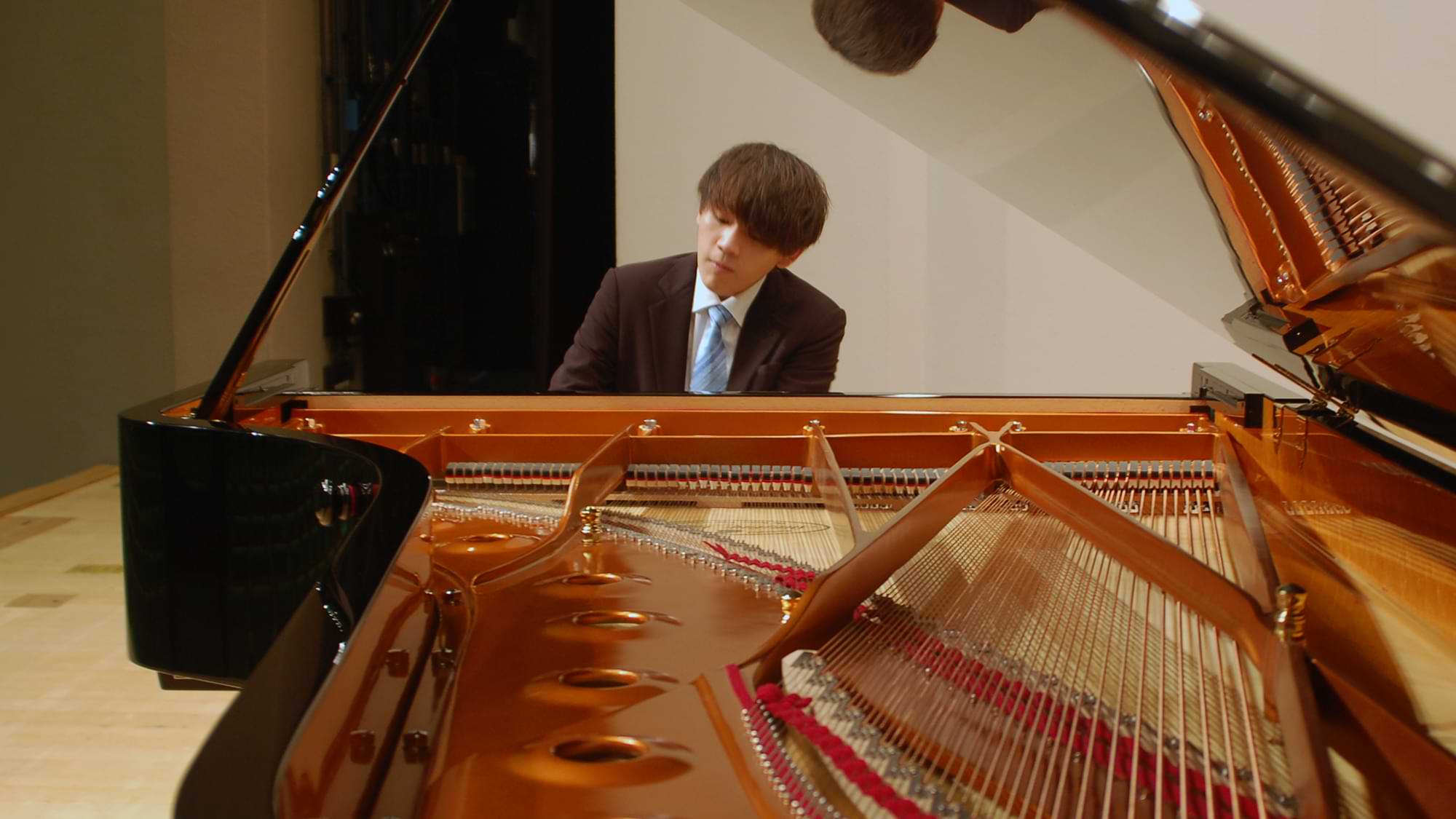
First Album “VIRTUOZO”, released in December 2022
As the title “VIRTUOZO” suggests, this album focuses on how even technically difficult pieces can be played to make them quite captivating. Because I also wanted to express the fresh energy of my 20-year-old* self, I decided to play works by Liszt, Ravel and Balakirev on this album to convey the essence of my current state. Note: The album title is written as 'VIRTUO20', a reference to the pianist's age.
An album is something that is often listened to repeatedly, and while I’m often overly concerned with details, I wanted my performance to not be too demanding on the listener.
I believe that Liszt, as a pianist himself, had a strong desire to entertain the audience in the same way that performers do today. In the same spirit, I often ask myself: “What can I offer the audience?” Whether Liszt was an entertainer, a musician or a pianist — whatever the right term may be — I think there’s a unique joy in listening to his musically and technically engaging music. I really want the audience to enjoy every aspect of my performance.
Achievements at the Long–Thibaud–Crespin international music Competition 2022
In the second round of the competition, I created a program with a single overarching narrative. There was a requirement to include Chopin’s “Prelude No.16” from the entire Preludes Op.28 in the program, and initially I wondered why we were asked to perform this particular Prelude. I considered how “No.16” could be experienced within the context of the entire program, and what significance it could carry. So I decided to include “No.16” to give it a sense of purpose. I believe that presenting a well-defined concept gives greater credibility to a performance as a whole, rather than simply arranging pieces without a clear connection.
After careful consideration of musical connection and tonality, I decided to place “No.16” after Gaspard de la nuit and before Toshio Hosokawa’s “Haiku” for Pierre Boulez. Since “Prelude No.16” follows Prelude No.15 ‘Raindrops’, I wanted to create an ambience of “water” before performing Gaspard de la nuit. And after the fading conclusion of Scarbo, I envisaged a seamless transition into “No.16”. Because it ended so intensely, I wanted it to flow seamlessly into Hosokawa’s “Haiku” for Pierre Boulez. What I wanted was to expand the world of emotions in a continuous progression, culminating in a single G note at the end. Liszt-Bellini’s Réminiscences de Norma also begins with a G note, which is why I designed the entire program like this.
I performed Saint-Saëns’ Piano Concerto No.5 in the final stage. I love this piece and wanted to make this very clear. Because Saint-Saëns is a French composer, there may be different interpretations among the French audience, but I tried not to worry about this and played it to communicate the unique qualities of this piece. I approached the stage thinking “Let’s enjoy this, regardless of the outcome!”, I was so glad that the French jurors appreciated the French pieces of my performance and this made me very happy!
Changes in Environment and Mindset after the Competition
While I don’t feel that I’ve undergone dramatic changes, I do sense that I’ve taken an important step forward, because I’ve been given the opportunity to perform more concerts, domestically and internationally. So I definitely feel that I’ve embarked on a new stage of my life!
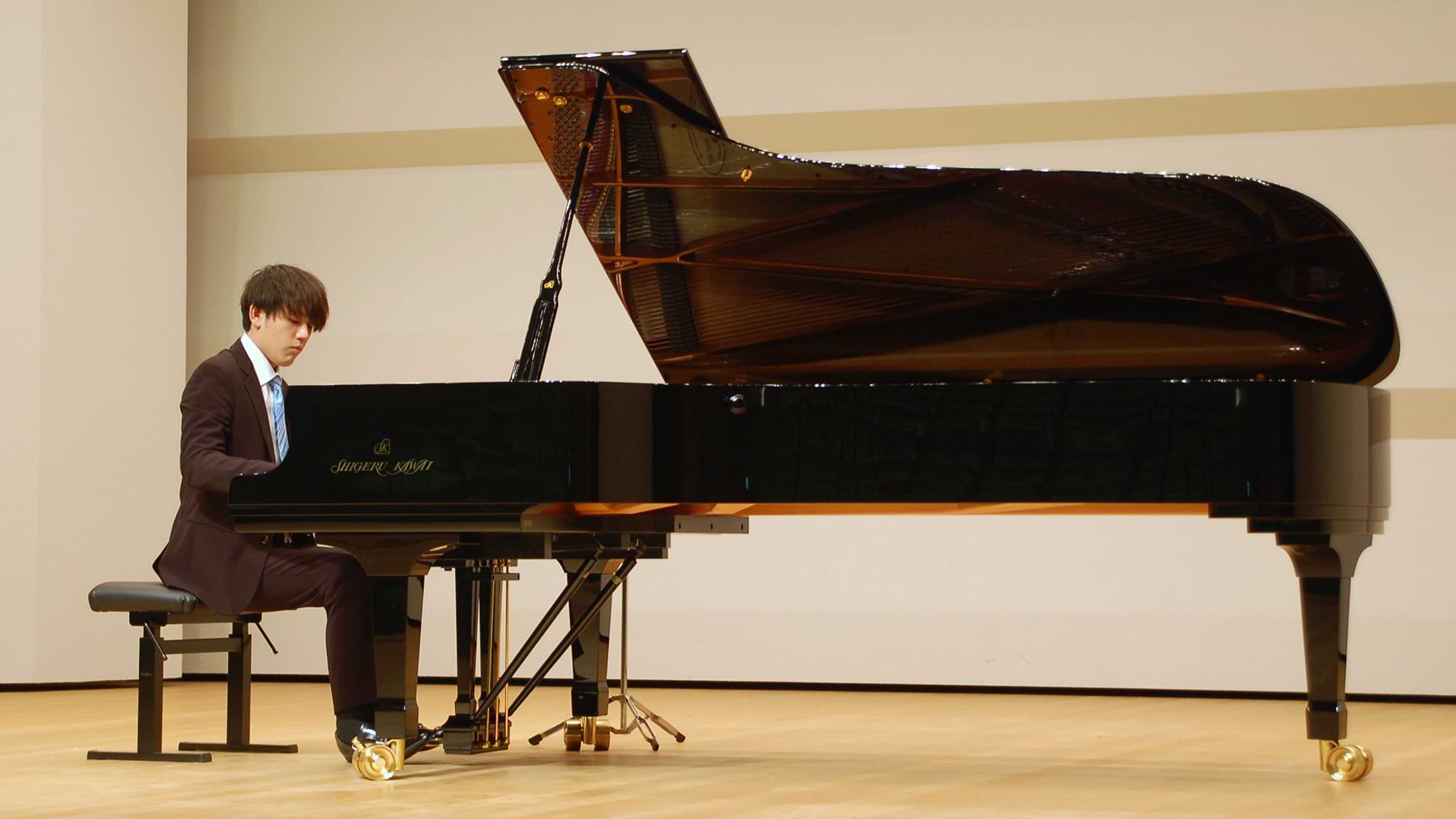
Thoughts on Live Performance
I do use social media as a platform for outreach, because it’s wonderful when people play my performances often. Nevertheless, I strongly encourage people to come and experience live performances. Starting with what can be watched through streaming, I hope people will attend live concerts and realize what a difference this makes. You can feel the vibrations in the air, as well as the breadth and overall energy of the concert space, something you can’t experience through a small device.
Upcoming Studies in Europe
The most exciting part about studying in a new environment is, of course, being able to receive lessons in music schools in Europe. I also look forward to experiencing the culture underlying the creation of the music I play, which will be very valuable. And I hope to get a different perspective on classical music. Of course, I want to attend many concerts and immerse myself in the landscapes composers saw, the languages they spoke, and the food they ate in order to get a better sense of their daily lives.
At the moment, I want to immerse myself in Beethoven, and am particularly interested in studying Brahms. I’m also drawn to French works which have a refined sound and resonance, as well as Chopin and the Russian composers. With guidance from my teachers, I would like to study a variety of composers.
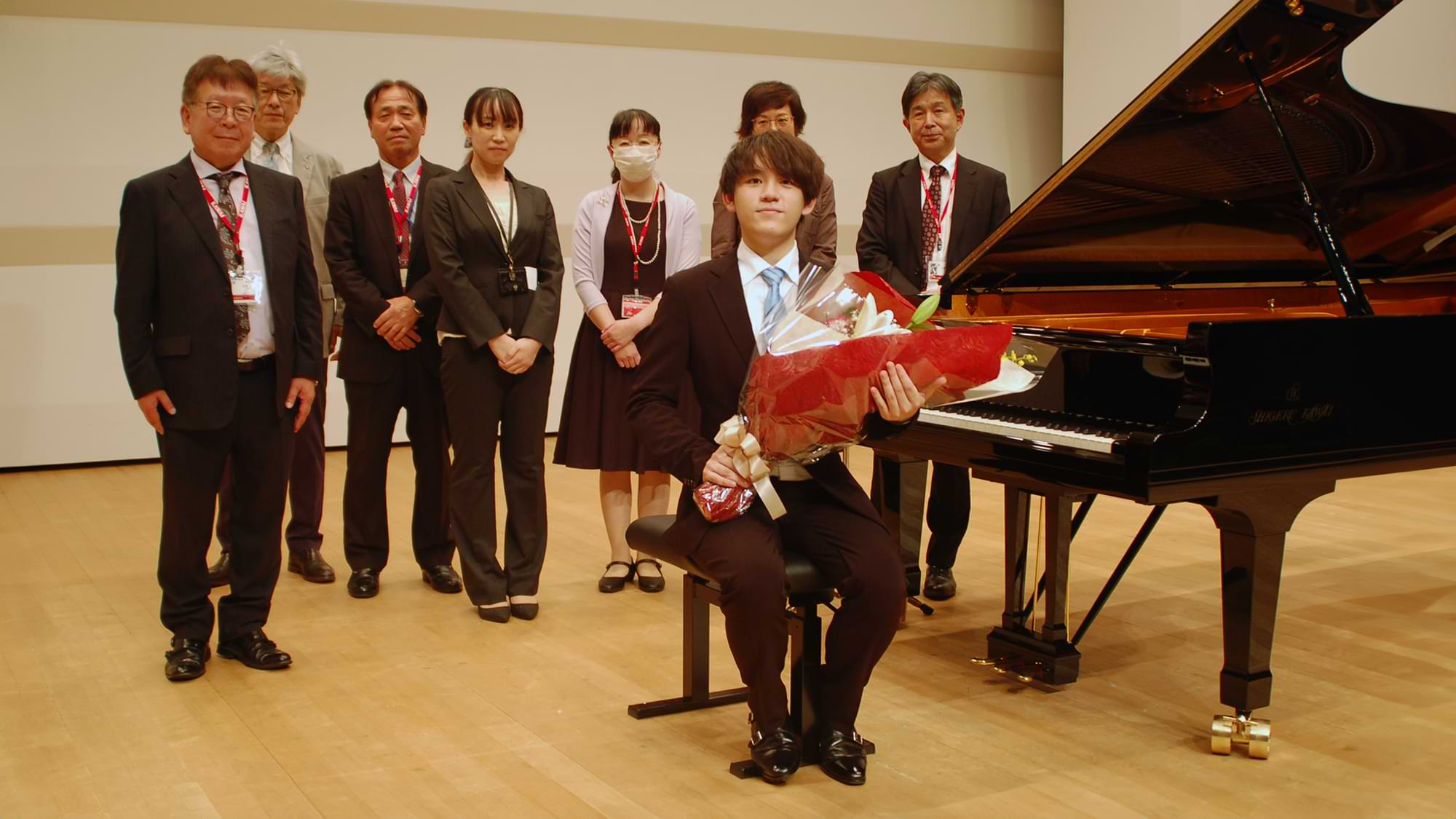
Future Prospects as a Musician
I’m a composer myself, and would like to combine my performance and composition activities in order to create my own style in both. In the long run, I would like to curate programs that include my own compositions, and hopefully perform my own piano concertos. In fact, I’d like to become a multifaceted musician who can not only recreate great music in the traditional style, but also write more modern works.
This is what I currently aspire to!
For more information about Masaya Kamei, please visit the artist's website: https://www.masaya-kamei.com/

Writer
Nanako Takeda
Nanako Takeda is a music journalist based in Tokyo, Japan.
Nanako Takeda is a music journalist based in Tokyo, Japan.
